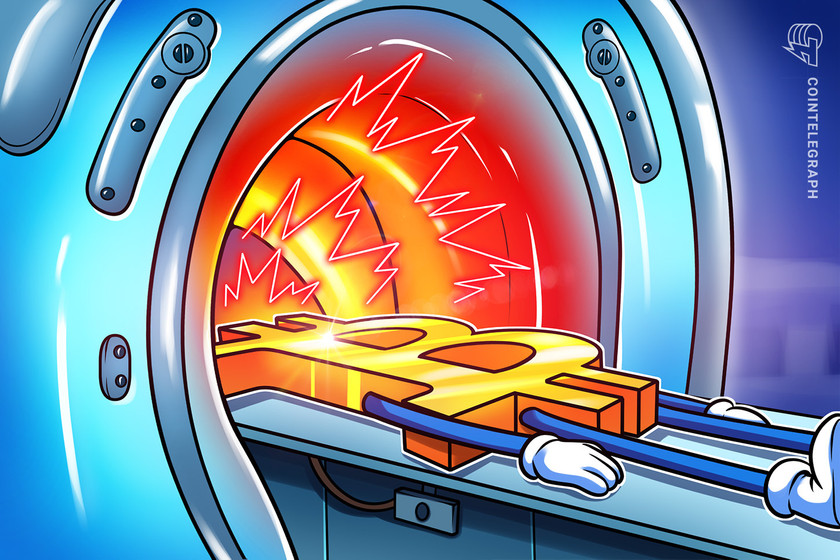Coinbase market share grows outside US trading hours amid Binance saga: Report


According to Kaiko Research, Bybit experienced a rise in market share around the clock, whereas Coinbase witnessed significant growth outside of the United States trading hours.
Following cryptocurrency exchange Binance reaching a substantial multi-billion-dollar settlement with United States regulators last week, an on-chain data analytics firm reported a surge in Coinbase’s market share.
On November 21, Binance and the United States Department of Justice (DoJ) reached a settlement of $4.3 billion, settling allegations related to anti-money laundering.
However, the legal challenges have led to other crypto exchanges seeing an increase in market share, according to research firm Kaiko Research.
The firm recently published a report that indicates that Coinbase has seen an uptick in its trading volume, during the European trading day, outside the regular United States trading hours:
“Coinbase’s share grew the most outside of U.S. trading hours (14-22 UTC), instead surging in the middle of the trading day in Europe and the beginning of the trading day in eastern Asia.”
Meanwhile, Bybit is reportedly seeing significant changes across the entire day.
“Bybit is the immediate standout winner, gaining market share in every single hour and growing by more than 20% in 16 out of 24 hours,” the report stated.






















